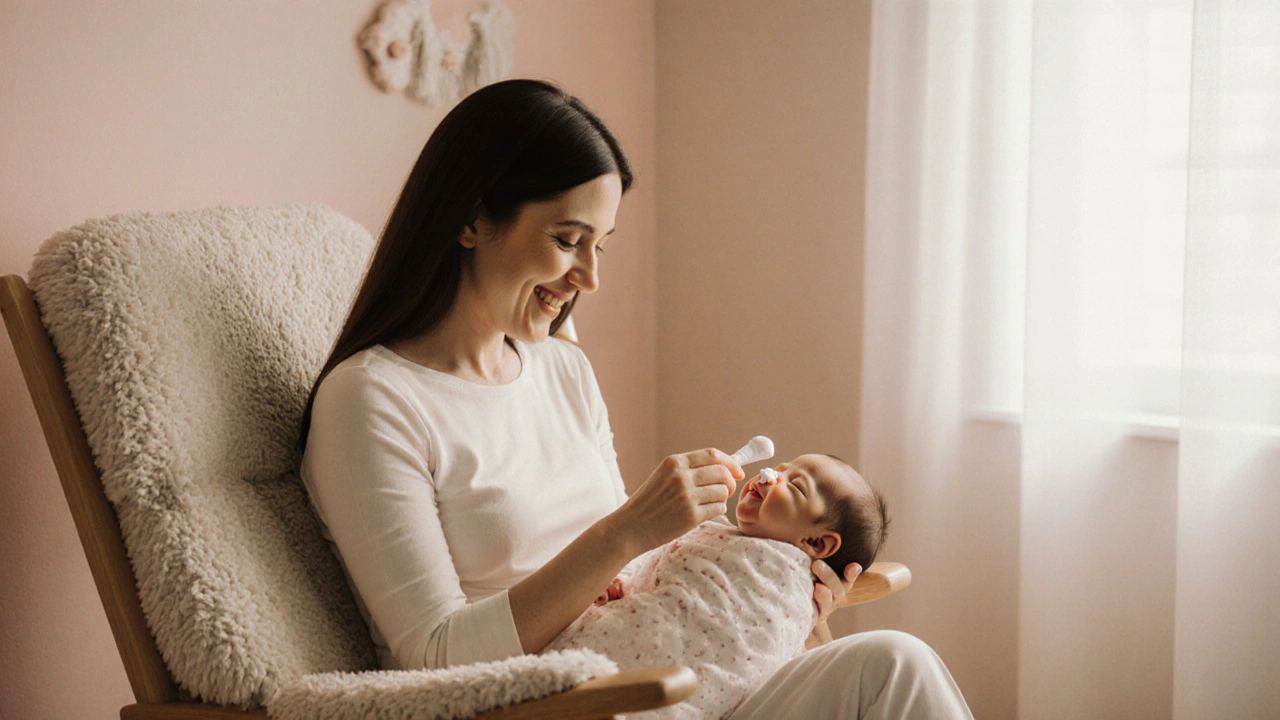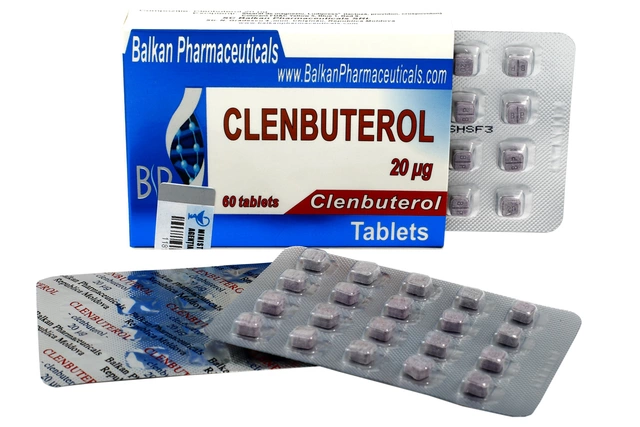Baby Diaper Rash: Causes, Treatments, and What Actually Works
When your baby has a diaper rash, a red, irritated patch of skin in the diaper area caused by moisture, friction, or irritation. Also known as diaper dermatitis, it’s one of the most common skin issues in infants—but it doesn’t have to be constant or painful. Most parents think it’s just from wet diapers, but that’s only part of the story. The real culprit is often a mix of trapped moisture, rubbing from the diaper, and irritants like urine, stool, or even certain wipes or laundry detergents. Babies with sensitive skin or those on antibiotics are more likely to get it, especially during teething or when starting solid foods.
What works? zinc oxide, a physical barrier cream that protects skin from moisture and soothes irritation is the gold standard. Thick layers of it, applied at every change, stop the rash from getting worse. Air exposure helps too—letting your baby go without a diaper for 10–15 minutes a few times a day lets skin breathe. Avoid scented wipes, baby powders (they can clump and irritate), and harsh soaps. If the rash doesn’t improve in a few days, or if you see pus, blisters, or it spreads beyond the diaper area, it might be a yeast infection. That’s not just a rash—it’s fungal infection, a common secondary issue in warm, moist skin folds, and it needs an antifungal cream, not just more barrier ointment.
Some parents swear by coconut oil or breast milk, and while these might feel soothing, they don’t have the same proven barrier effect as zinc oxide. And don’t skip changing wet or dirty diapers—even if your baby is sleeping. The longer moisture sits, the worse it gets. Diaper size matters too. Too tight? More friction. Too loose? More leaks and chafing. Finding the right fit can be just as important as the cream you use.
You’ll find real stories and practical advice below—from what creams actually cleared up stubborn rashes, to how to tell if it’s yeast versus plain irritation, to the one thing most parents overlook when treating it. No fluff. No guesswork. Just what works.

How to Soothe Chapped Skin in Babies & Children: Top Care Tips
Learn proven ways to treat and prevent chapped skin in babies and kids. Expert tips, safe products, DIY remedies, and when to see a doctor.
Detail




